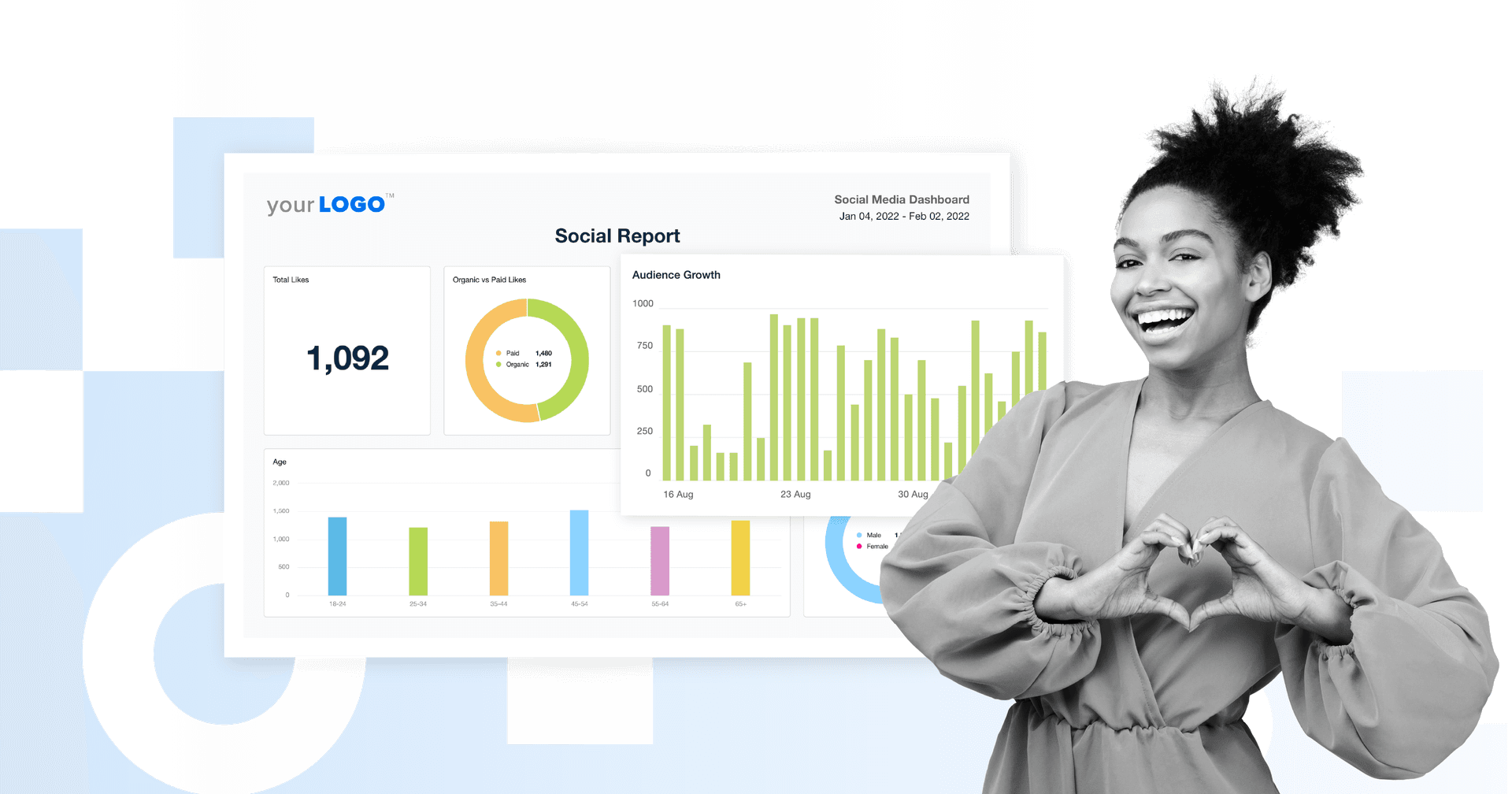Table of Contents
QUICK SUMMARY: Influencer marketing is a promising channel for rapidly growing brand awareness and improving customer sentiment. However, to achieve success, finding the right partnerships is key. How should your marketing agency choose the right influencers for your clients? In this article, we explore the most common influencer red flags, and how to identify the right influencers for your clients’ campaigns.
Social media influencers are now an integral part of many clients’ marketing initiatives. Year after year, we see the breadth of opportunities open up for digital creators, from participating in global campaigns to gaining exclusive award show invites.
We're seeing innovative, authentic people promoting the brands they love. But because influencers are such powerful catalysts for brand promotion and consumer engagement, it's more important than ever to look under the hood and determine if they are who they say they are.
When researching and reaching out to influencers, marketing agencies may feel excited and optimistic about forming new partnerships for their clients. After all, leveraging an influencer’s online presence and impact helps sway purchasing decisions and shape brand perceptions. However, with the increased popularity comes fraud risk.
Amidst the allure of influencer marketing, marketing agencies must remain vigilant in identifying the risks involved, and today we're here to help you get started.
Digital Retail Partners is a digital marketing agency with ample experience partnering client brands with influencers who will take their products to new heights. This article provides tips on evaluating digital influencers, narrowing the options, and picking the best individuals to represent your clients’ brands, based on everything we’ve learned from our agency’s past projects.
What Is Influencer Marketing?
Before identifying any red flags, it's crucial to have a general understanding of what influencer marketing is and why this form of social media advertising is valuable, especially for ecommerce businesses.
Influencer marketing is a digital marketing strategy in which brands partner with key opinion leaders across industries to sell their products or services. The goal is to establish trust with the influencer's audience to improve brand awareness, reach, and conversions.
Influencer marketing highlights a significant shift in consumer behavior, emphasizing how shopping habits have evolved.
88% of Gen Z and Millennials use social media to shop or draw inspiration for their next purchase. They rely on influencer recommendations or testimonials as a deciding factor before they place an order. Consequently, it’s not surprising that this year, studies project that U.S.-based brands will spend $7.14 billion on influencer marketing on platforms like Lemon8, BeReal, Facebook, Instagram, TikTok, and more.
It's a millennial market, and the times are changing to reflect it.
Emily Carpenter, Director of Marketing, Digital Retail Partners
According to the AgencyAnalytics Marketing Agency Benchmarks Survey, many marketing agencies cite influencer marketing as the most promising future channel.
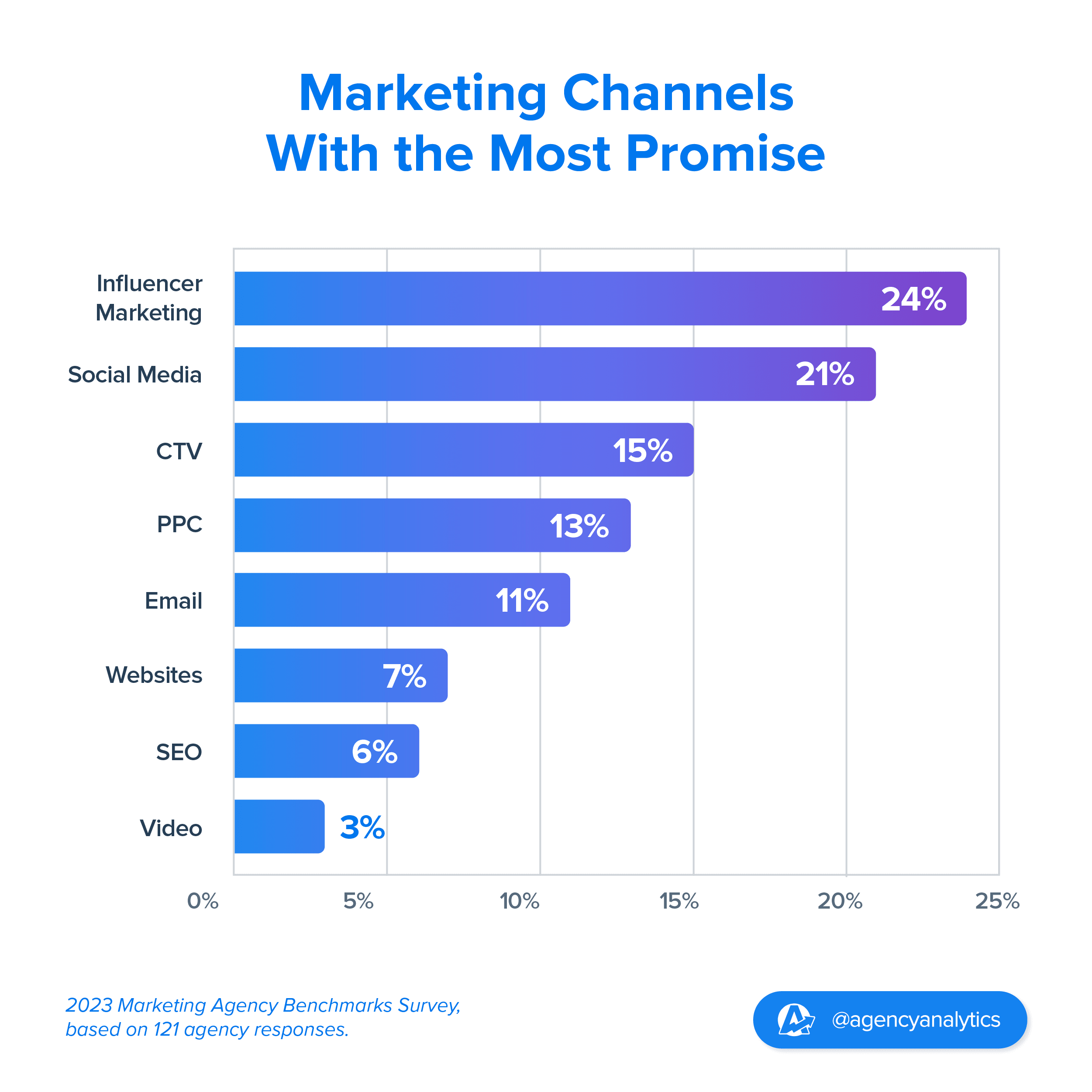
Choosing the Right Platforms
Given the number of new social media platforms that accept influencer partnerships, the responsibility for identifying and preventing influencer fraud is of particular importance. Each platform has different regulations and verification processes that hold fake accounts accountable.
However, since the repercussions of fraudulent influencer behavior affect a client’s future investments and reputation, agencies must take their own additional proactive measures to mitigate fraud risk on each platform they use for their clients.
At DRP, we prioritize three top social media platforms:
1. Instagram
The popular photo and video-sharing app has over two billion users worldwide. It offers a dynamic canvas for influencers to create, connect, and inspire. Having an Instagram account has revolutionized how we consume and interact with content.
As an agency, we use the platform to take a personal experience and use it to speak to consumers, inevitably driving sales and demonstrating brand loyalty. Using AgencyAnalytics, our team monitors Instagram analytics on a daily basis to watch how our influencer campaigns are performing.
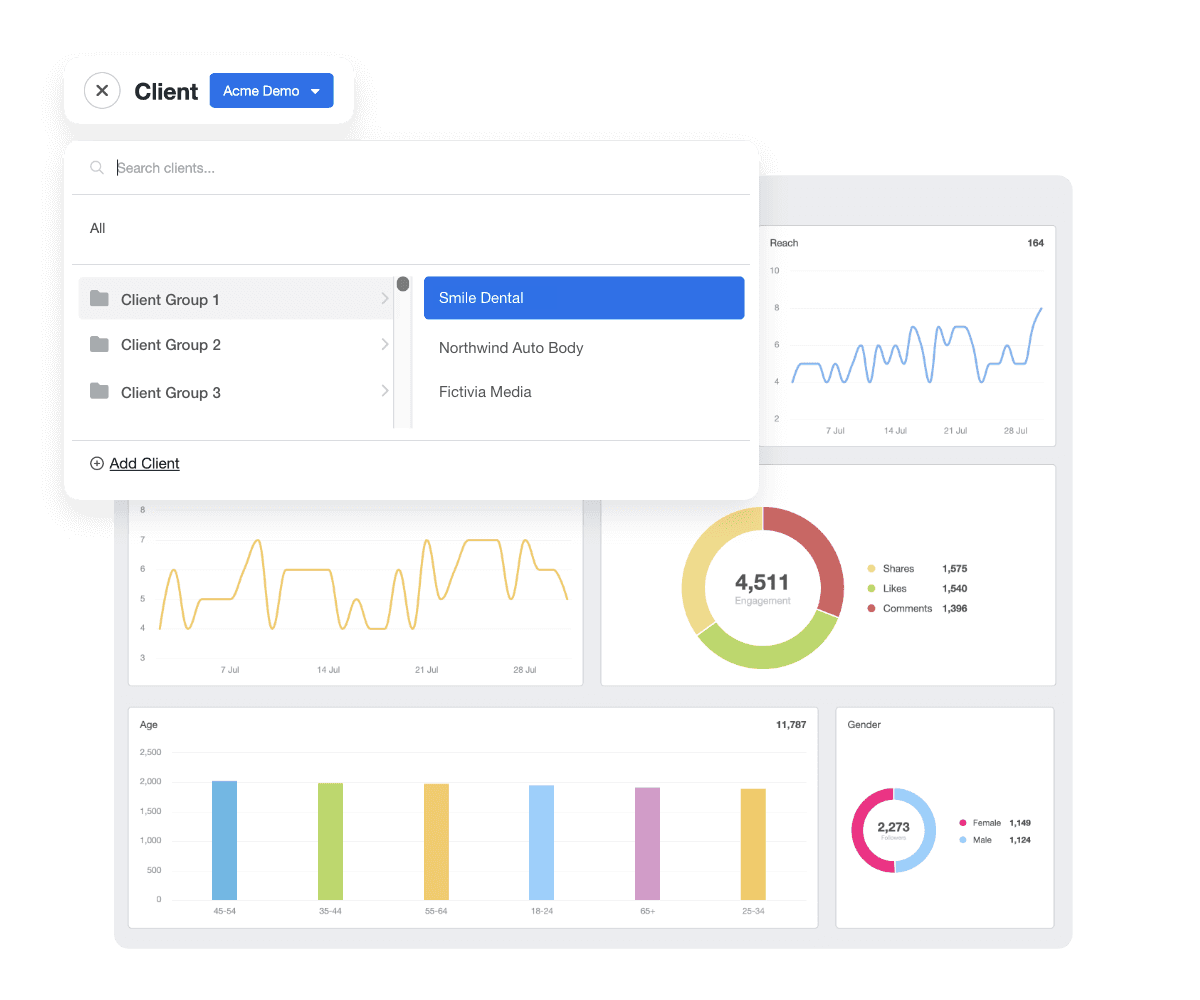
Create stunning white labeled client reports in as little as 11 seconds! Track all your clients’ key Instagram metrics and demonstrate your agency ROI. Try it free for 14 days!
Instagram provides a great platform for marketing mid-to-large-size brands. People are looking for experiential pop-ups, instagram-able experiences, and a visual idea of the type of services and offerings the client delivers.
One of our clients, a wellness and spa center, does well with influencer collaborations, given their target audience's strong presence on Instagram. As an agency, we sought out influencers for this brand who aligned with the center's brand identity, lived in close proximity to the center, and boasted a robust engagement rate.
Because our client was interested in trade-only collaborations, we sought out micro-influencers to create reels that showcase their experiences and some of the services at the wellness center. These partnerships have proved successful, with the content generating substantial engagement and driving increased followers and engagement for our client's account.
2. Facebook
While Instagram is a top influencer platform under the META umbrella, Facebook is the most used social media platform, with roughly 2.9 million monthly active users. The platform hosts an infinite number of communities and groups, and marketers track countless Facebook metrics to show their clients how they’re doing on the platform. Influencers, whether they have a personal page, a public page, or a group, reach a broader range of niche audiences on this platform.
With the ability to target a demographic different from Instagram, we leveraged this platform to promote brand awareness for one of our clients. The influencer was able to reach a niche audience interested in home decor or on the market for flatware, barware, and drinkware, catering to those who like to host, try new recipes, and elevate their dining experience.
3. TikTok
TikTok is gaining in social ranks. In Q4 of 2023 alone, the platform generated over $707 million in revenue, outperforming platforms like Facebook, Instagram, Twitter, and Snapchat combined. With the evolution and new additions like TikTok Ads and TikTok Shop, we continue to see a lot of potential in partnering your client’s brands with influencers native to the outlet.
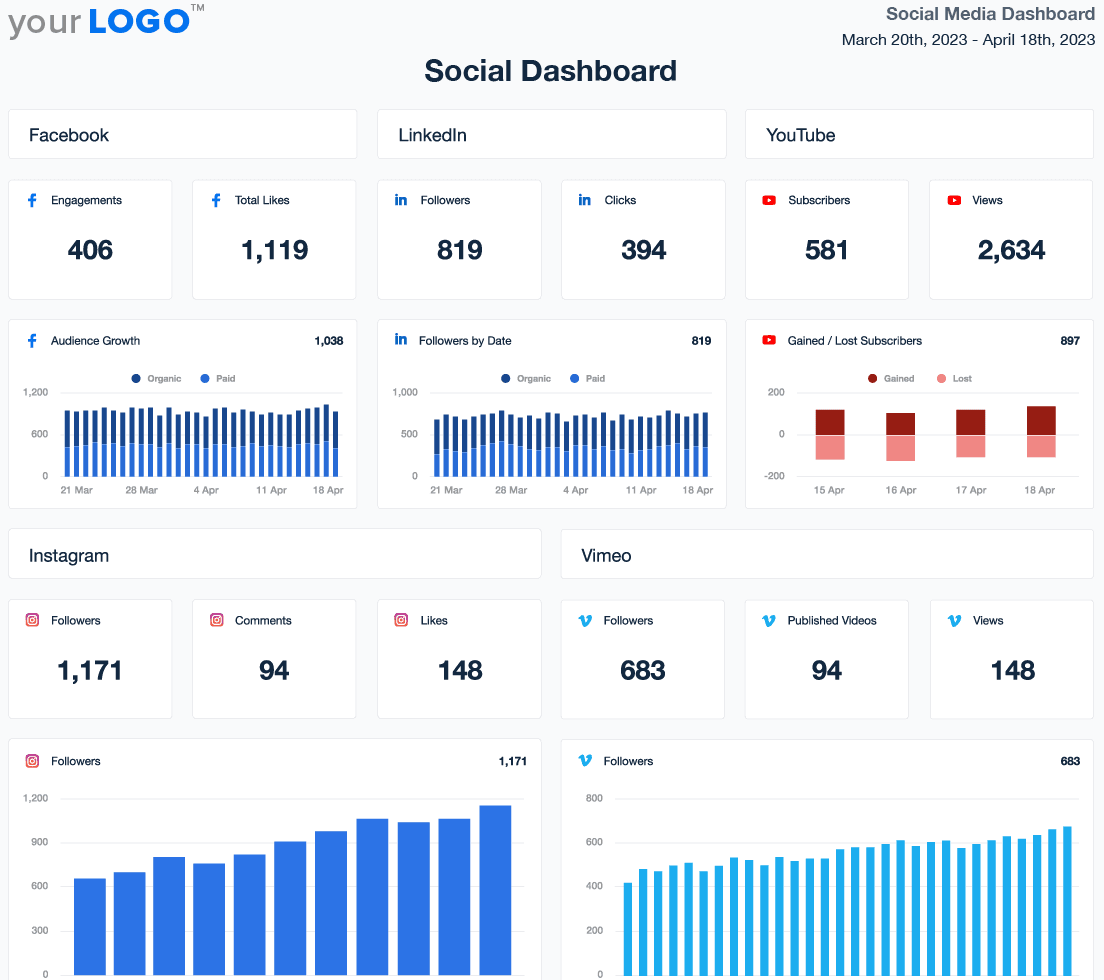
Use a pre-built TikTok Ads dashboard template or build your own. AgencyAnalytics provides customizable organic social reporting for each platform, helping agencies analyze top posts, engagement, reach, clicks, and more. Measure the success of your client’s influencer posts with the 14-day free trial.
How To Source Credible Influencers That Align With Your Client’s Campaign
Fake social media influencers resort to deceitful tactics to increase their online presence, driven by the desire for fame and financial gain. They’re often purchasing fake subscribers or buying followers and engagement, as well as fabricating content to deceive brands into partnerships that yield minimal returns.
If an agency is new to working with influencers, it's important to understand how to identify and select appropriate creators for your clients’ campaigns.
Generally, we recommend that agencies aim to find 15-20 genuine influencers for each client brand. Exploring multiple influencers safeguards against potential risks associated with relying solely on one person. Look into each to see how they might align with a brand. Incredible platforms like LTK refine the search and target specific demographics.
We’ve also had experience trying out Brandwatch, Shopify Collabs, and Social Cat, all of which have influencer portals to help marketing agencies source the right partnership.
When choosing influencers to partner with your clients, look out for these three key aspects:
1. Authenticity and Credibility
Influencer marketing is more authentic and credible than a classic advertisement. The influencer should be making valuable content. Be wary of fake influencers exhibiting inconsistent content style, tone, or relevance.
Signs that an influencer may only be interested in securing a brand deal can include endorsing a product without having it in hand, being unclear or inconsistent about what a product does, or speaking in an overly promotional way. Look for influencers who give genuine experiences, such as real reactions or authentic reviews.
2. Strong Engagement
Depending on the level of the campaign, agencies may choose to work with macro influencers (10,000+ followers) or smaller micro-influencers (1,000-10,000 followers).
It's important to remember that the number of followers a social media influencer has does not necessarily determine their influence. At DRP, we believe that, in many cases, followers are more of a vanity metric.
Always look at influencers' engagement rates (comments, likes, shares), showing how their followers interact with their posts and whether they resonate the way they should.
An engagement rate measures the level of interaction an influencer's content garners from their audience in comparison to the total number of people exposed. Seek out positive audience interactions and comments; enthusiasm surrounding a promoted service or product leads to similar positive engagement when they post on behalf of agency clients. Seeing comments like "I want to buy this" or “I need to have this” on posts demonstrates the influencer's ability to persuade their audience to engage with or purchase from agency clients.
3. Community
It's essential to understand the influencer’s online community and their following. A loyal fanbase that finds value in the influencer's content sets them apart from similar content creators. This helps guide agencies in making informed decisions when partnering with them.
For example, pairing a restaurant client with a local foodie account would be a great online community to explore versus an influencer that focuses solely on video game reviews.
Look out for These 5 Red Flags To Detect Fake Influencers
Here are the top five red flags that everyone at DRP is constantly on the lookout for:
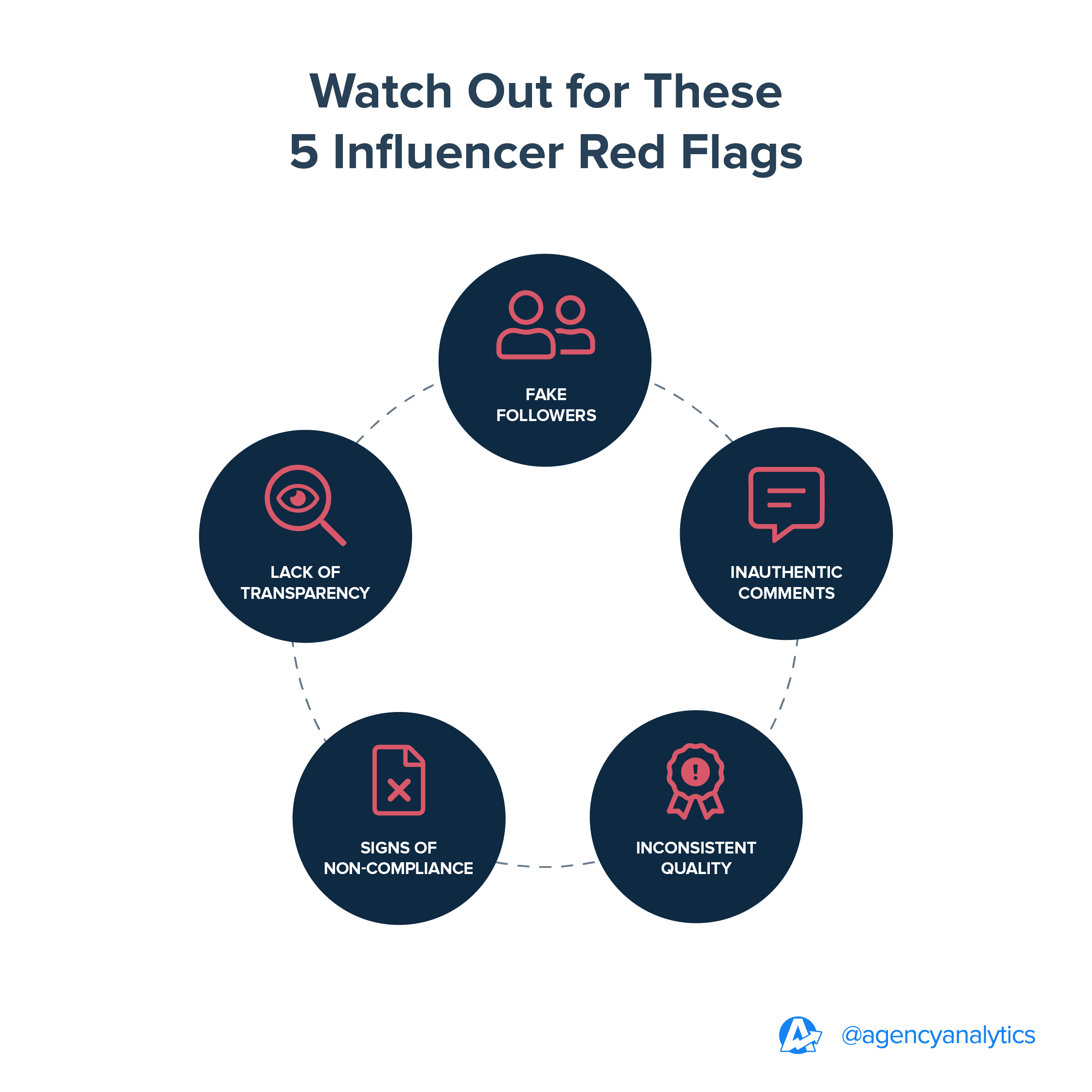
1. Fake Followers
Unfortunately, it’s common practice for influencers to resort to buying fake followers to increase their numbers. To avoid this red flag, begin your exploration by determining the influencer’s follower quality. Who are they? How do they engage?
Avoid influencers with a million followers but minimal engagement, as this may indicate a fake audience or a high percentage of inactive users. Genuine engagement is an indicator of an influencer's impact.
Agency Tip: Take control and evaluate engagement rates across different platforms by using tools to measure profile engagement rates. There are various engagement rate tools that identify whether or not they have an engaged audience.
One tool we use is Modash. Their engagement rate calculator shares the engagement rate, followers, average likes, and popular posts for the certain influencers being researched.
2. Inauthentic Comments
Look out for bot comments. We look for human views or comments that aren't AI generated and are authentically coming from users interested in the product or service.
Fake influencers tend to have a higher rate of interactions that we consider too general and unrelated to the content.
3. Inconsistencies in Content Quality
When influencers use other people's content as their own, it undermines the authenticity and credibility they want to cultivate.
It’s not uncommon for influencers to copy or repurpose photos or content from other creators and use “click farms” to artificially boost their engagement metrics.
4. Influencer Non-Compliance
A common challenge marketers face is influencers neglecting to fulfill their contractual obligations or choosing to post content that doesn't align with the campaign at hand. Agencies should also make sure the influencer's content is real and appropriate to their client’s target audience.
The number of conversions for our retail clients is a pivotal metric for determining the partnership’s success, and this can only be attained via meaningful content, created in alignment with the brand strategy.
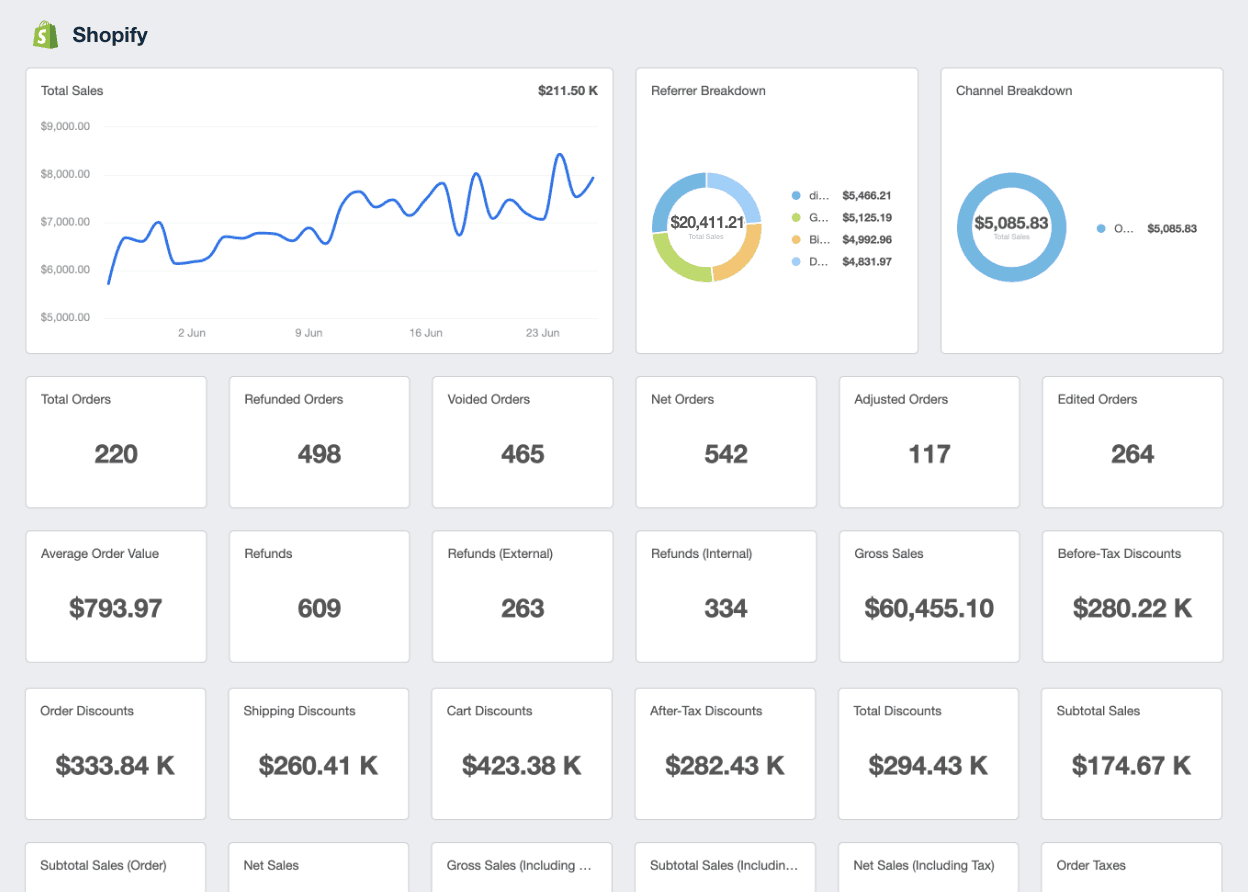
Gain access to real-time Shopify conversion data categorized by date, channel, and transaction type to get valuable insights on clients’ ecommerce performance. Start your 14-day free trial.
5. Lack of Transparency
Transparency is paramount in influencer marketing to foster trust. Marketers should be cautious if an influencer fails to disclose sponsored partnerships or attempts to disguise sponsored content as organic posts. It inevitably jeopardizes the integrity of a client's brand and hurts consumer trust.
To avoid this end, scroll through the potential partner’s feed and try to spot any product placements that don’t have the proper transparency measures in place (for example, a ‘sponsored’ tag at the top of the post or mention of the brand name or product in the caption).
How Influencer Fraud Affects Everyone Involved
We understand the stakes of collaborating with someone new to achieve a common goal. Influencer fraud causes massive damage and greatly affects the partnering client, the hiring agency, and the consumers.
Marketing agencies run the risk of damaging their clients’ reputations and wasting their budget on marketing that doesn't bring any return on investment. This also affects agencies that work with fraudulent influencers, as they may face backlash from clients and suffer a loss of business.
Consumers may lose trust in the influencers they follow when they realize that they have been dishonestly promoting products or services. The impact of influencer marketing fraud is extremely detrimental to the industry as a whole and should be taken seriously.
Agency Tip: We urge all marketing agencies to start small! It only takes a few influencers to create a relationship with, and rather than doing one-off campaigns each time, cultivate a relationship with an influencer who aligns with your client’s brand.
Pro-Tips and Best Practices When Hiring a Social Media Influencer
Over the years, DRP has developed a number of best practices that we use to guide our influencer relationships. Use these pro tips to increase your success rate:
Look out for your influencer's past collaborations. This strategy is beneficial, as it proves their degree of professionalism and the quality of their work. Past collaborations will also provide information on how the influencer's audience feels about sponsored content.
If your agency is working with a smaller client with a limited budget, contacting micro-influencers is the way to go.
Once you’ve identified a potential partner, follow this rough process:
Reach out to an influencer who catches your agency’s (or your client’s) eye via email or DM.
Introduce the client’s brand.
Tell the influencer what stands out about their profile.
Suggest the collaboration with initial details.
Once the influencer agrees to the partnership, outline everything a client is looking for from this partnership in a contract. Provide the influencer with specified deliverables and a deadline to post the content (one month after receiving the product or service). If clients want to see the content before they post, we always include that in the contract.
Honesty and communication are key! If an agency knows a client won't be able to pay an influencer for the campaign and is interested in a trade-only gift collaboration, be upfront about it. It never hurts to be honest and open about what the client is looking for with a specific campaign, which will help both parties in the long run.
With the necessary rights and permissions, influencer-generated videos make for great organic paid advertisements tailored to a similar audience. If this extension is a possibility, it’s best to include the details of what the transaction would entail in the contract. From there, tracking video advertising metrics is the best way to optimize reach and engagement and give the influencer’s hard work an extra marketing boost.

Evaluate the performance of the influencer ad campaign with a customized social media reporting dashboard. Find out how by starting your 14-day free trial.
A Safe Approach to Influencer Marketing
Discerning the authenticity of social media influencers is paramount for marketing agency clients seeking to maximize their marketing investments and uphold their reputations.
By identifying the red flags of fake influencers, agencies help their clients mitigate the risks of falling prey to fraudulent practices, and instead forge genuine partnerships that resonate with their target audience.
Transparency, diligence, and strategic vetting will help clients confidently navigate the influencer landscape, safeguarding their brand integrity, and cultivating meaningful relationships with consumers in their industry.
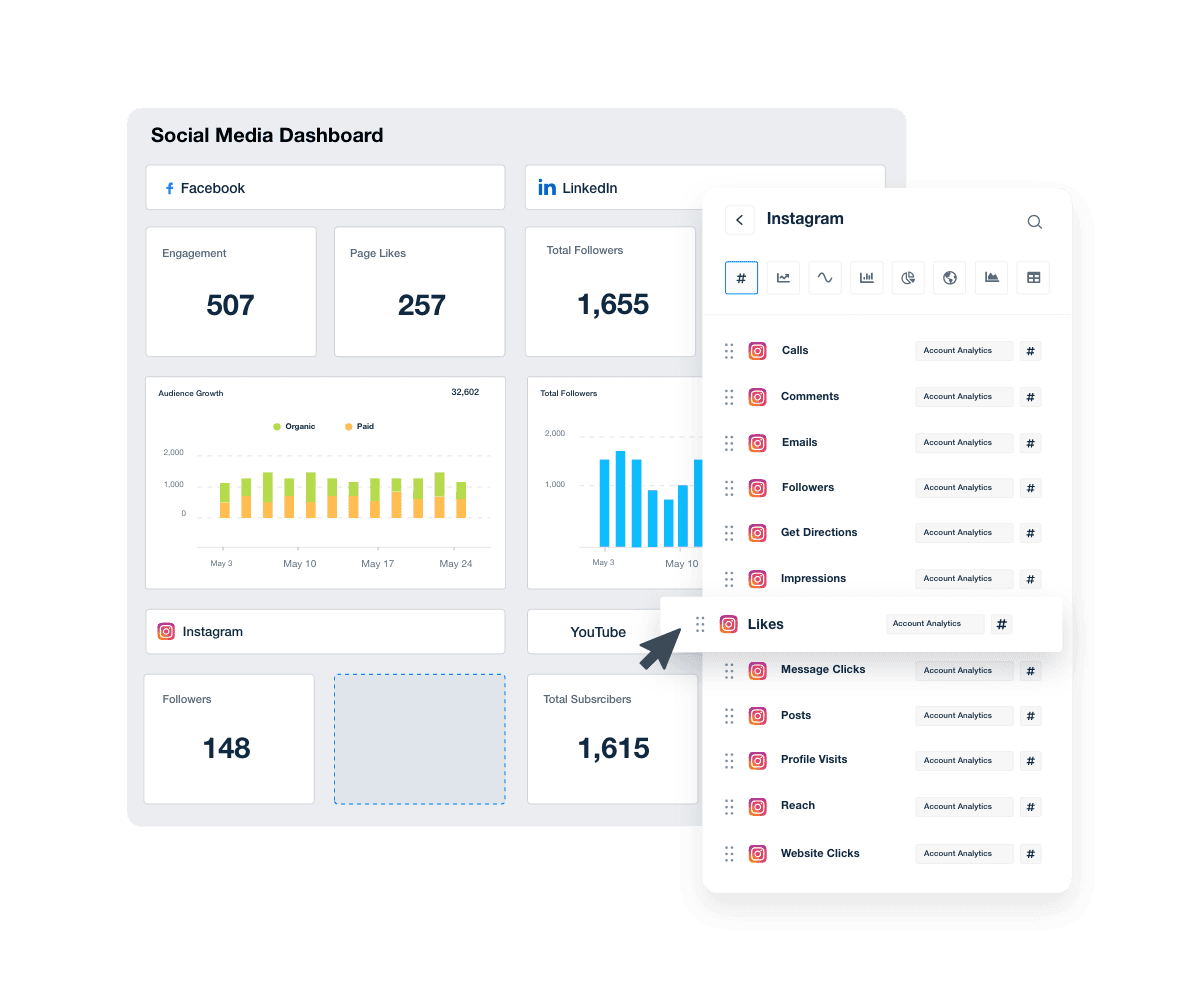
Keep your social media reporting simple. Access 80 platforms in a single location with AgencyAnalytics. Start your 14-day free trial today.

Written by
Emily Carpenter, Director of Marketing at Digital Retail Partners, is a seasoned professional passionate about innovative strategies and dynamic campaigns. Her extensive experience spans market analysis, copywriting, and campaign execution across digital and traditional media. Emily's analytical acumen helps assess the financial impact of marketing initiatives, providing valuable insights for future strategies.
See how 7,000+ marketing agencies help clients win
Free 14-day trial. No credit card required.





